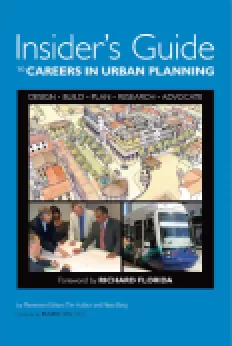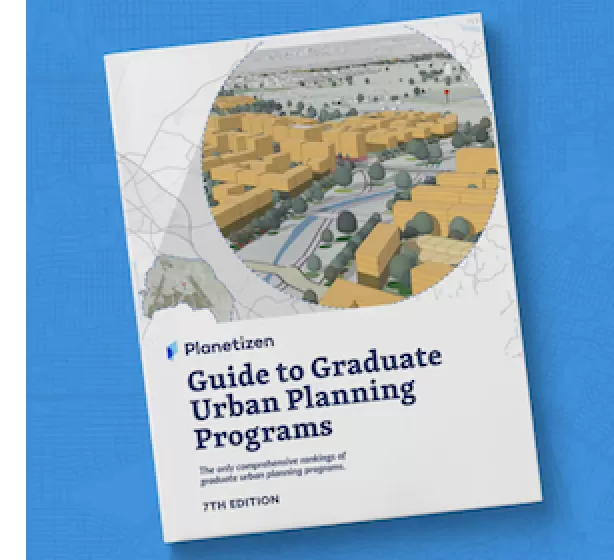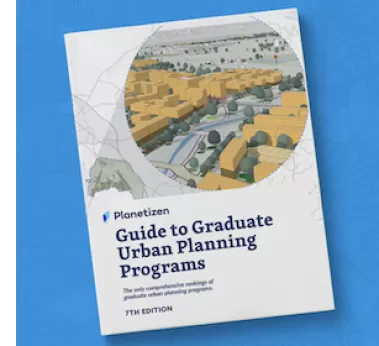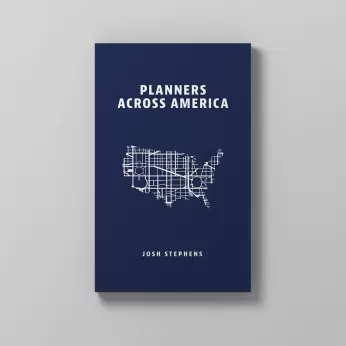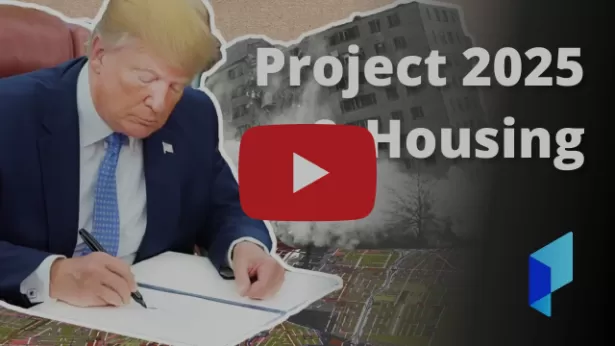Managers of affordable housing at the deadly northern end of Ida's path review what worked, what didn't, and what we might need to abandon altogether.

When the remnants of Hurricane Ida struck the Northeast in early September, the region was inundated by devastating flash floods. Across four states, the storm killed more than 40 people, caused up to $24 billion in property damage, and knocked out power to 150,000 homes. New Jersey and New York City were hit particularly hard—30 New Jersey residents drowned in their homes and vehicles, and in NYC, 13 residents died, most drowning in their basement apartments.
The storm exceeded expectations for a 500- to 1,000-year rainfall event, according to researchers at Cornell’s Northeast Region Climate Center. The event’s improbability helps to explain why the region’s infrastructure was so ill-prepared for the rapid influx of water. But extreme storms like Ida will not be so rare in the future, and our cities, along with their affordable housing stock, will need to adapt.
A New York City panel on climate change forecasts that, by 2050, what is now classified as a “100-year flood” will occur three times more often in New York City. Sea levels will rise by 30 inches, and there will be up to five days each year with more than 2 inches of precipitation. The panel also expects the number of days that top 90 degrees Fahrenheit in the city to triple by 2050, posing public health risks from extreme heat.
The climate crisis presents an existential threat the world over, and it’s bumping up against the affordable housing crisis in expensive metropolitan areas like New York City. The city’s population is projected to grow from 8.8 million residents to 9.2 million by 2050. That growth is expected to concentrate in the Bronx and Brooklyn, two boroughs that saw massive flooding during Ida.
As demand for housing rises, preventing climate-related disasters from eroding the already-scarce supply of affordable housing will be critical, says Laurie Schoeman, national director of resilience and disaster recovery at Enterprise Community Partners (Enterprise), a nonprofit that works to address the housing affordability crisis through policy, programming, and capital investment.
“A lot of existing affordable housing is exposed to extreme climate risk, in flood zones, in areas that are apt to burn, or in drought zones,” says Schoeman. “These units are in the direct path of climate change and they’re facing extinction.”
So, how can we protect our existing affordable housing stock from more frequent and extreme weather events, and build new housing that can withstand the effects of a warming climate? And what lessons can Ida offer to affordable housing managers and owners whose properties are at risk?
A Shifting Picture of Risk
As storms like Ida become more frequent, building owners and managers may be forced to ...
FULL STORY: After Ida, How Can Affordable Housing Withstand Climate Impacts?

Planetizen Federal Action Tracker
A weekly monitor of how Trump’s orders and actions are impacting planners and planning in America.

Chicago’s Ghost Rails
Just beneath the surface of the modern city lie the remnants of its expansive early 20th-century streetcar system.

Amtrak Cutting Jobs, Funding to High-Speed Rail
The agency plans to cut 10 percent of its workforce and has confirmed it will not fund new high-speed rail projects.

Ohio Forces Data Centers to Prepay for Power
Utilities are calling on states to hold data center operators responsible for new energy demands to prevent leaving consumers on the hook for their bills.

MARTA CEO Steps Down Amid Citizenship Concerns
MARTA’s board announced Thursday that its chief, who is from Canada, is resigning due to questions about his immigration status.

Silicon Valley ‘Bike Superhighway’ Awarded $14M State Grant
A Caltrans grant brings the 10-mile Central Bikeway project connecting Santa Clara and East San Jose closer to fruition.
Urban Design for Planners 1: Software Tools
This six-course series explores essential urban design concepts using open source software and equips planners with the tools they need to participate fully in the urban design process.
Planning for Universal Design
Learn the tools for implementing Universal Design in planning regulations.
Caltrans
City of Fort Worth
Mpact (founded as Rail~Volution)
City of Camden Redevelopment Agency
City of Astoria
City of Portland
City of Laramie








